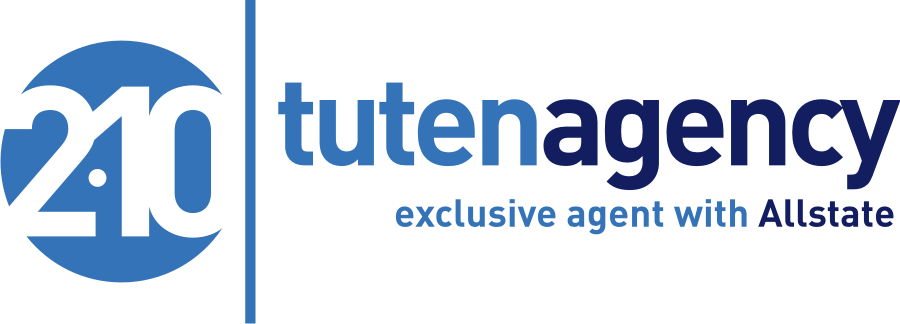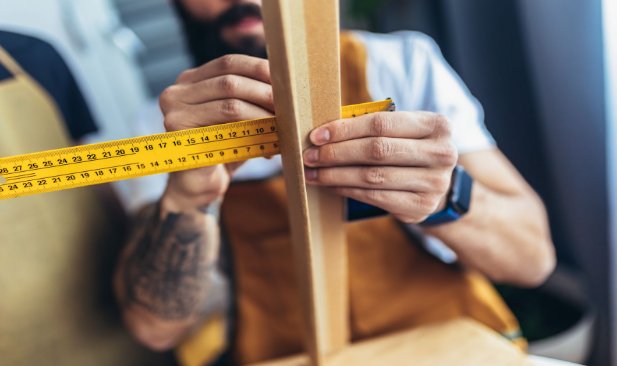When adapting a home to meet the needs of the elderly or disabled, the question of insurance coverage often arises. Home modifications, such as ramps, grab bars, and widened doorways, are essential for creating a safe and accessible environment. However, there’s a common misconception that homeowners insurance will cover the cost of installing these modifications. This article aims to clarify what homeowners insurance typically covers and the importance of ensuring your modifications are adequately protected.
Understanding Homeowners Insurance and Home Modifications
Homeowners insurance protects your home and personal property against unexpected damage or loss. While it provides a safety net for many situations, it’s crucial to understand that it does not typically cover the installation costs for home modifications for the disabled or elderly.
However, if you’ve made modifications to your home, your policy may offer discounts and may cover these modifications if they are damaged or destroyed by a covered peril, such as fire or storm damage. It’s essential to contact your insurance agent to confirm whether there are any policy discounts applied to modifications and that your policy includes enough coverage for any modifications made after your policy was initiated.
Coverage for Pre-existing Home Modifications
Should your home modifications suffer damage due to a covered peril, here’s how your policy may respond:
Dwelling Coverage
Dwelling coverage is part of your homeowner’s policy that may pay to repair or replace modifications, like wheelchair ramps, damaged by a covered peril. This coverage is subject to your policy limits and deductible, meaning the insurance may cover costs up to a certain limit after the deductible is paid.
Personal Property Coverage
Personal property coverage can protect specialized equipment related to a disability—such as modified furniture or mobility devices—if a covered peril damages these items. Like dwelling coverage, this is up to your coverage limits and requires you to pay any deductible first.
Personal Liability and Medical Payments Coverage
Injuries on your property can also relate to installed modifications. For instance, if a visitor slips on a ramp or trips on a stair chair lift, your policy’s personal liability and medical payments coverage may cover their medical expenses. Again, this is within the limits of your policy. For those needing additional coverage, an umbrella policy can extend liability protection up to $5 million, offering an extra layer of security.
Additional Coverage Options
Given the potential gaps in standard homeowners insurance policies concerning home modifications, it’s wise to consider additional coverage options. An umbrella policy, for example, can provide significant additional liability coverage, safeguarding against claims exceeding your standard policy’s limits.
Top 3 Steps to Make Sure Your Home Modifications are Covered
To ensure your home modifications are fully covered, take proactive steps with your insurance provider:
- Review Your Policy: Regularly review your policy to understand what is and isn’t covered.
- Communicate with Your Insurer: Inform your insurance agent about any modifications to ensure they are included in your coverage.
- Consider Additional Coverage: Evaluate the need for additional policies, such as an umbrella policy, to ensure comprehensive protection.
Summary
While homeowners insurance doesn’t cover the installation costs of home modifications for people with disabilities, it may provide coverage if a covered peril damages them. Ensuring your home modifications are adequately covered requires clear communication with your insurer and, possibly, the purchase of additional coverage. Understanding your policy’s specifics is key to protecting your home and ensuring it remains a safe and accessible space for everyone.
FAQs
What happens if my disability modifications are damaged by a covered peril?
If your home modifications are damaged or destroyed by a covered peril, such as fire or storm damage, your homeowners insurance may cover the repairs or replacement. This coverage is subject to the terms of your policy, including any limits and deductibles.
Can I get insurance to cover both the installation and potential damage to home modifications?
Installation costs are generally not covered by standard homeowners insurance. However, you can ensure that any modifications are covered for damage or loss by updating your policy to include these modifications after they are made. For installation coverage, you may need to explore other types of financial assistance or insurance products specifically designed for accessibility improvements.
What types of modifications are typically covered if damaged by a covered peril?
Common modifications that might be covered if damaged include wheelchair ramps, grab bars, widened doorways, and specialized equipment like modified furniture or mobility devices. Coverage depends on your policy specifics.
Get the right coverage for your home with tutenagency
New tutenagency customers?
Quote homeowners insurance online or call (334) 502-5111 to insure your home.
Disclaimer: This content is for informational purposes only and should not be considered legal or financial advice. Always consult with qualified professionals in legal and financial fields before making any decisions.

